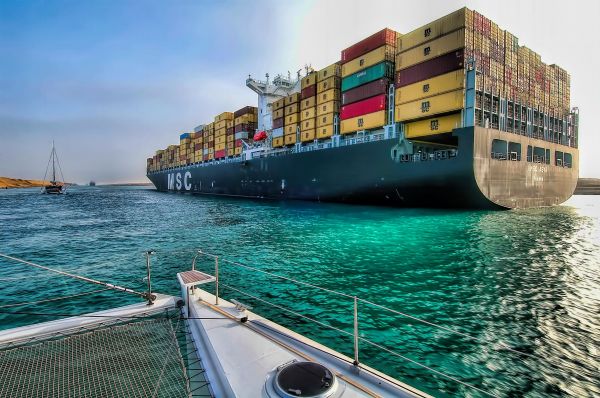Shipping Textile Goods from Guangzhou/Shenzhen to Rostock Port, Germany: 20ft/40ft FCL and LCL Ocean Freight
Shipping Options: FCL vs. LCL
Full Container Load (FCL) – 20ft and 40ft Containers For large shipments, shipping in Full Container Load (FCL) is often the most efficient and cost-effective method. A 20-foot (20FT) or 40-foot (40FT) container can accommodate a significant volume of goods. This option is typically used when the quantity of textiles is large enough to fill an entire container.
- 20ft Container: Suitable for shipments that require less space but still need a dedicated container. Ideal for textile shipments that may not be able to fill a 40ft container but require the entire space.
- 40ft Container: Best for larger volumes of textiles, especially when a cost-saving strategy is desired since the larger container provides more space at a competitive rate.
Less than Container Load (LCL) When the shipment is too small to fill a full container, Less than Container Load (LCL) is an excellent option. LCL shipments combine goods from different customers in the same container, which reduces the cost of transportation. However, LCL shipments are generally a little slower due to the time required for consolidation and deconsolidation.

Ocean Freight Duration
The sea voyage from China (Guangzhou or Shenzhen) to Rostock Port in Germany typically takes around 32 days. This transit time can vary depending on the specific shipping line, route, and any potential delays due to weather or port congestion. For FCL shipments, the process is generally straightforward, as the entire container is directly shipped to the destination. For LCL shipments, additional time is needed for cargo consolidation and unloading at the destination port.
CIF (Cost, Insurance, Freight) Shipping Terms
Under the CIF (Cost, Insurance, Freight) shipping term, the seller is responsible for all costs associated with transporting the goods to the port of destination (Rostock), including the cost of the goods, shipping charges, and insurance. This means that once the textiles are loaded onto the ship, the seller assumes responsibility for ensuring the goods against potential risks until they arrive at Rostock Port. The buyer only assumes responsibility for the goods once they arrive at the port and are ready for unloading.
Packaging of Textile Goods
Proper packaging is essential for ensuring the safe and secure delivery of textile goods during sea transport. Here are some key considerations:
Bags or Rolls: Textile goods are often packed in large bags or rolls, depending on the type of fabric. Each roll is typically wrapped in plastic or fabric to protect it from moisture and dust during transit.
Palletizing: For easier handling and to avoid damage, textiles are usually palletized. Palletizing involves stacking the goods onto wooden pallets, which are then wrapped in stretch film or shrink-wrap. This method helps secure the goods and allows for easier loading and unloading from containers.
Waterproofing: Since sea freight involves long durations and exposure to varying weather conditions, it is crucial to waterproof the textiles. This can be achieved by wrapping them in plastic covers or using moisture-resistant materials to prevent damage from humidity or rain.
Barcoding and Labeling: Clear labeling is essential for smooth customs clearance and efficient handling at both the origin and destination ports. Barcodes and labels containing shipping details, including the consignee’s information, product description, and origin/destination ports, should be applied to each package.
Customs Compliance: Make sure that the packaging complies with the customs regulations of both China and Germany. Some textiles may require specific certificates or documents, so it’s important to check these requirements in advance to avoid delays.



